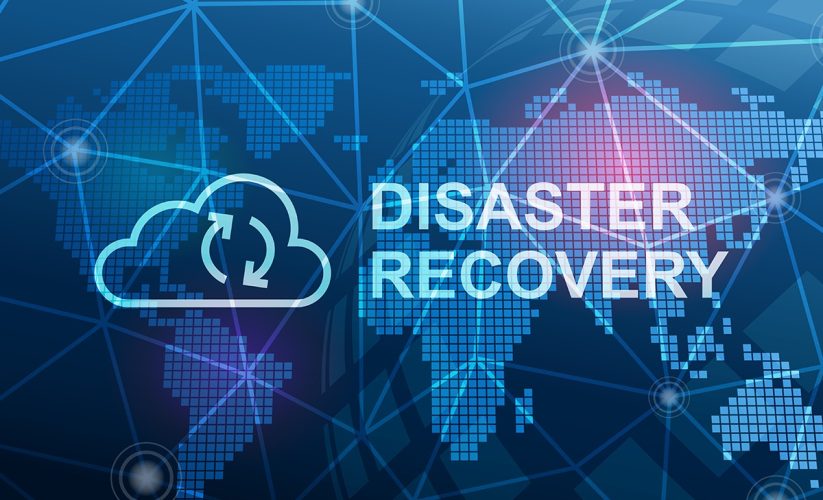
Disaster Recovery: Protect Your Business from Downtime
In today’s fast-paced digital landscape, businesses of all sizes are increasingly reliant on technology to operate efficiently. However, with this reliance comes the significant risk of data loss and operational downtime due to various threats, including cyberattacks, hardware failures, and natural disasters. For small businesses, the consequences of downtime can be particularly devastating, leading to lost revenue, damaged reputation, and potential legal ramifications. This is where disaster recovery services for small business play a crucial role in ensuring business continuity. This article will explore the importance of disaster recovery, key strategies, and how to implement effective disaster recovery services to protect your business.
Understanding Disaster Recovery
Disaster recovery (DR) refers to the processes and technologies that enable a business to recover from disruptive events and resume normal operations. This can include restoring data, applications, and IT infrastructure that may have been compromised or damaged.
Why Disaster Recovery is Essential
- Minimizing Downtime: Rapid recovery from a disaster can significantly reduce downtime, ensuring that your business can continue operating with minimal interruption.
- Data Protection: A solid disaster recovery plan safeguards critical business data, protecting it from loss due to unexpected events.
- Regulatory Compliance: Many industries have regulations that require businesses to have disaster recovery plans in place. Compliance can help avoid legal issues and fines.
- Customer Trust: Demonstrating a commitment to data protection and business continuity can enhance customer trust and loyalty.
Common Threats to Business Continuity
Small businesses face a variety of threats that can lead to operational disruptions. Understanding these threats is essential for developing an effective disaster recovery plan.
1. Cyberattacks
With the rise of ransomware and other cyber threats, small businesses are increasingly targeted by hackers. A successful cyberattack can lead to significant data loss and operational downtime.
2. Hardware Failures
Physical devices, such as servers and hard drives, are prone to failure. Without a backup plan, a hardware malfunction can result in permanent data loss.
3. Natural Disasters
Natural events, such as floods, earthquakes, and fires, can destroy on-site data storage and disrupt business operations. Offsite data storage is essential for protection against these risks.
4. Human Error
Accidental deletion of files or misconfiguration of systems can lead to data loss. A disaster recovery plan helps mitigate the impact of human error.
Key Components of Disaster Recovery Services for Small Business
Implementing effective disaster recovery services involves several key components:
1. Risk Assessment
Conducting a thorough risk assessment helps identify potential threats and vulnerabilities. This assessment should evaluate the likelihood of various disasters and their potential impact on operations.
2. Business Impact Analysis (BIA)
A Business Impact Analysis assesses the effects of downtime on business operations. This analysis helps prioritize recovery efforts based on the criticality of various functions and data.
3. Data Backup Solutions
An effective disaster recovery strategy includes robust data backup solutions. This can involve:
- Regular Backups: Automate data backups to ensure that critical information is consistently saved.
- Offsite Storage: Use cloud storage or other offsite solutions to protect data from local disasters.
4. Recovery Strategies
Develop clear recovery strategies to restore operations quickly. This may include:
- Restoration Procedures: Outline the steps necessary to recover data and systems following a disaster.
- Alternative Work Locations: Identify backup locations where employees can work if the primary site is compromised.
5. Regular Testing and Updates
A disaster recovery plan is only effective if it is regularly tested and updated. Conduct periodic drills to ensure that all employees understand their roles in the recovery process. Additionally, update the plan to reflect changes in business operations or technology.
Choosing the Right Disaster Recovery Services
When selecting disaster recovery services for small business, consider the following factors:
1. Scalability
Choose a provider that offers scalable solutions to accommodate your business’s growth. As your data storage needs increase, your disaster recovery services should be able to adapt.
2. Reliability
Select a reputable provider with a track record of delivering reliable disaster recovery solutions. Research customer reviews and case studies to gauge their effectiveness.
3. Support and Training
Ensure that the provider offers comprehensive support and training. Your team should be well-equipped to execute the disaster recovery plan effectively.
4. Compliance and Security
Verify that the disaster recovery services comply with industry regulations and implement strong security measures to protect your data.
Conclusion
Implementing disaster recovery services for small business is not just a safety net; it is a critical component of your business strategy. By preparing for potential disruptions, you can protect your data, minimize downtime, and maintain customer trust.
Investing in a robust disaster recovery plan will provide peace of mind that your business can withstand unexpected challenges and continue operating effectively. To learn more about how SequelNet can assist your business with effective disaster recovery solutions, visit www.sequelnet.com today.





